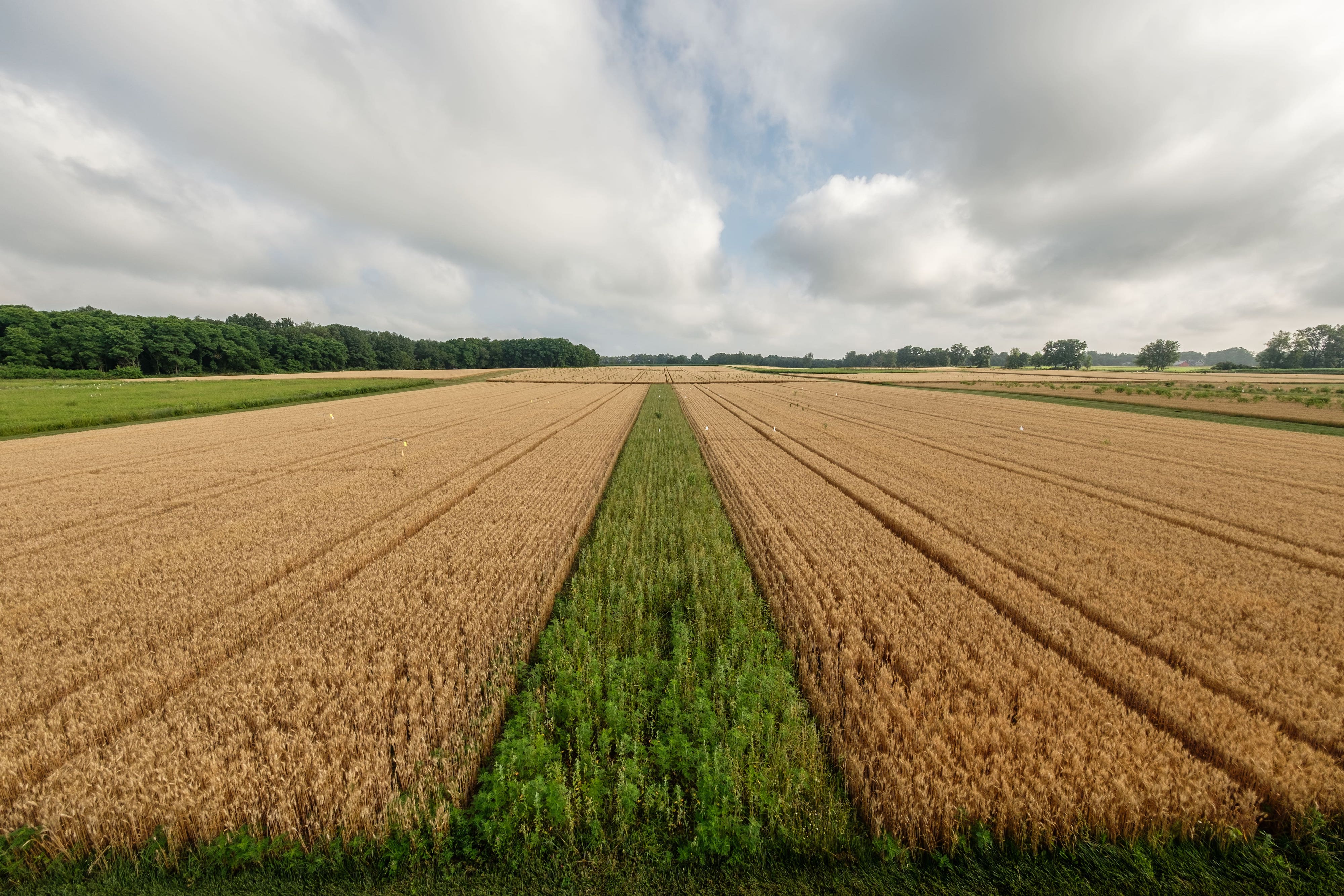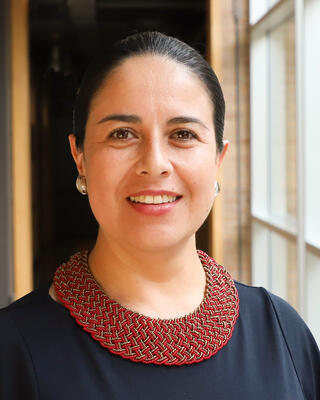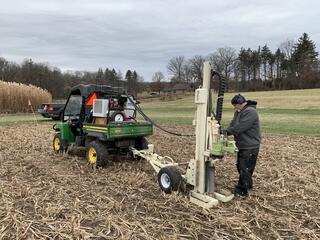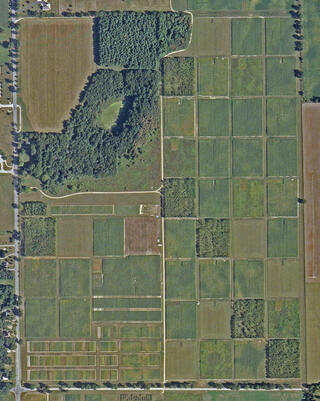
Organic matter such as carbon is key to healthy soil and crop productivity. Yet modern farming practices tend to deplete this vital resource.
In a newly published study, scientists with the Great Lakes Bioenergy Research Center used a unique long-term field experiment to show how farmers can rebuild this critical resource.
“It’s possible to build soil carbon, and therefore to build soil fertility and restore degraded soils, through careful crop management,” said Phil Robertson, a distinguished professor of plant, soil and microbial sciences at Michigan State University who oversaw the experiment. “Adopting practices like cover crops and no-till can build soil carbon fairly quickly and in surprising ways, as can growing perennial crops such as those used for bioenergy and bioproducts."

Carbon accounts for about half of soil organic matter, the mix of living and decaying plants, animals, and microbes found in topsoil. This organic matter boosts fertility, resists erosion, and holds water while also allowing it to infiltrate, making soil and cropping systems more resilient.
“It's the backbone of a healthy soil,” said Carolina Córdova, an assistant professor of agronomy and state soil health specialist at the University of Nebraska–Lincoln, who led the study as a postdoctoral fellow at MSU.
Scientists estimate Midwestern farmland has lost roughly half its organic carbon since European settlement. The removal of native plants followed by decades of tillage led to erosion, washing carbon downstream, and stimulated microbes to convert organic carbon in the soil into carbon dioxide.
Management techniques that boost organic carbon and nitrogen — two key parts of soil organic matter — will help farmers deal with production and environmental challenges that come with greater climate variability and mitigate climate change by storing more carbon in soil.
Yet there have been few long term studies comparing how different land management and crop systems affect carbon and nitrogen levels, especially deeper than 8 inches. And it can take a decade or more to detect statistically significant differences.
“Most published studies cover a limited time period, often only four or five years,” Robertson said.

Córdova and her collaborators used MSU's long-term crop experiment at the W.K. Kellogg Biological Station in southwest Michigan to measure soil and nitrogen changes over 25 years in 10 ecosystems, including annual row-crops, managed perennial crops such as alfalfa and poplar trees, and unfarmed grasslands and forest.
The researchers analyzed nearly four-foot deep soil core samples taken in 2001, 2013, and 2022 to understand how carbon and nitrogen levels had changed in each system.
The results, published in the journal Geoderma, showed diverse perennial systems, including those managed with fire or harvested for biofuel, produced the fastest rates of soil carbon gains, while there was no change in conventionally tilled cropland.
“There is less disturbance in terms of management since no tillage is involved,” Córdova said. “And then on top of that, perennials have deeper and more abundant roots. That’s the main difference that drives these (carbon) gains."
Researchers concluded that farmers who want to increase soil organic matter should consider growing winter cover crops such as rye or clover, or planting perennials like switchgrass and restored prairie or fast-growing trees such as poplar.
Even small changes, like switching to no-till, can improve productivity and cut costs.
“I use these as an example in my talks here in Nebraska,” Córdova said. “The key to farm health is soil organic matter. That’s something that will allow farmers to also reduce inputs, and have more water available when needed.”
But she warns farmers to be patient: it takes at least three to five years to see measurable gains.

Robertson said the study points to another win-win for farmers: by growing perennial biofuel crops such as switchgrass on marginal lands they can earn income while restoring soil fertility — and at the same time, removing carbon dioxide from the atmosphere.
A remaining question is how long it will take to fully restore all the carbon that’s been lost.
“We assume that we can get back to the native carbon content of a soil,” Robertson said. “But we haven't had any studies long enough to actually show that that’s possible.”